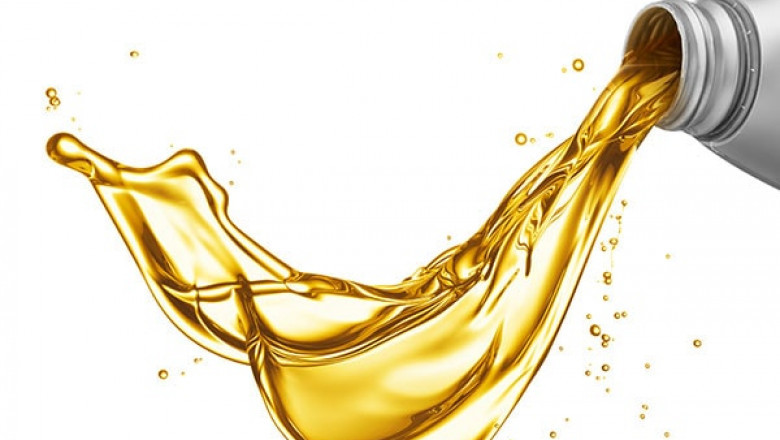So, you've got a pump in your home. Maybe it's an aquarium or a pool. Maybe it's something else. But either way, you know that it's important to keep everything running smoothly with the right amount of hydraulic oil. But what kind of Hydraulic Oil should I use?
And how do I know if my pump is getting enough/too much?? Well, don't worry: we've got answers to both those questions!
How do I know what oil to use in my pump?
To get started, you'll need to know the following:
- The manufacturer's recommendations for your Hydraulic Pumps. These may be printed on a sticker that is stuck to the base of the pump or in an owner's manual. If you can't find this information in either place, contact customer service and ask them what kind of oil each model requires.
- What your pump is used for? Is it an industrial-grade machine? Or do you use it to operate a lawnmower? This step will help ensure that you don't choose an oil that isn't rated high enough for your specific application (and vice versa).
- Your operating temperature range—usually found on the spec sheet for a given product line or type of hydraulic fluid—will also come into play when determining which formula works best with your equipment.

How do you know if the oil is too high or low??
To check the oil level, you'll need to use an oil dipstick. If you don't have one on hand, they're pretty cheap and easy to find at any auto parts store.
Once you've got your dipstick in hand, follow these steps:
- Make sure your engine is off and it's been sitting for at least two hours (this is important because if the oil has been running for a long time it will get hot and expand into a higher level).
- Place your dipstick into the sump hole and pull it out slowly (you don't want to splash any excess fluid onto anything important).
- Look at where the stick stops—if there's still space above that point on the stick when you pull it out then your hydraulic oil levels are fine; if not then they're too high or too low depending upon what happened when you pulled out that last bit of fluid.
If you need to add fluid then put the stick back in and allow it to fill up (make sure there's a mark on your dipstick so you can see how far down it goes). Pull out again—if there's still space above that point, then you're good; if not then you've added enough.
If you want to use a different brand or type of oil from what's recommended, you can. But before doing so, make sure your pump is compatible with the new oil. If it isn't, there's a chance that the new oil will damage your pump—and if that happens, the results could be costly and dangerous.
Conclusion
If you're not sure what oil to use in your pump, we recommend that you contact your local hydraulic equipment dealer. They will be able to help you get the right Hydraulic Oil for your pump. You can also check out the website or give us a call if you need any further assistance.
